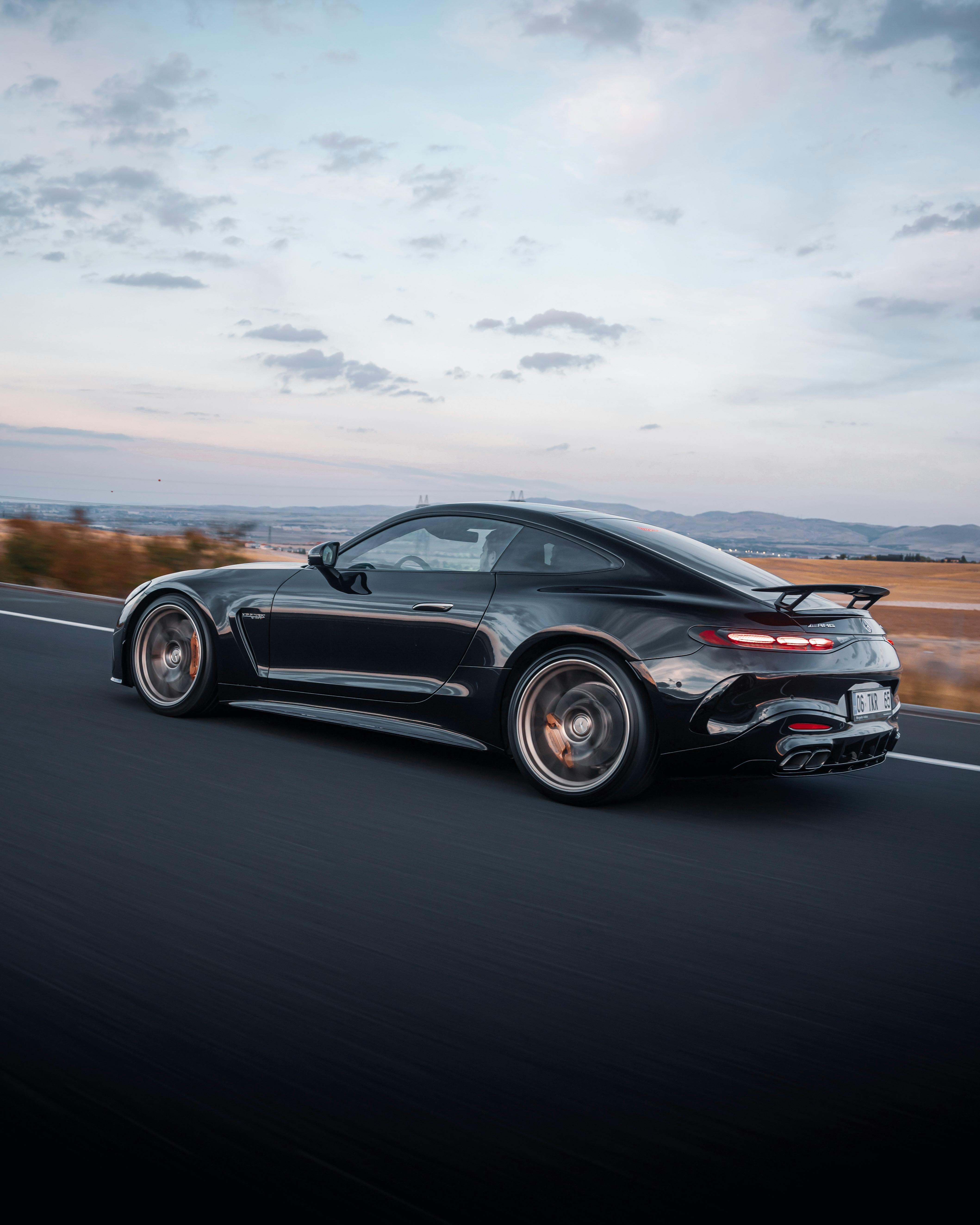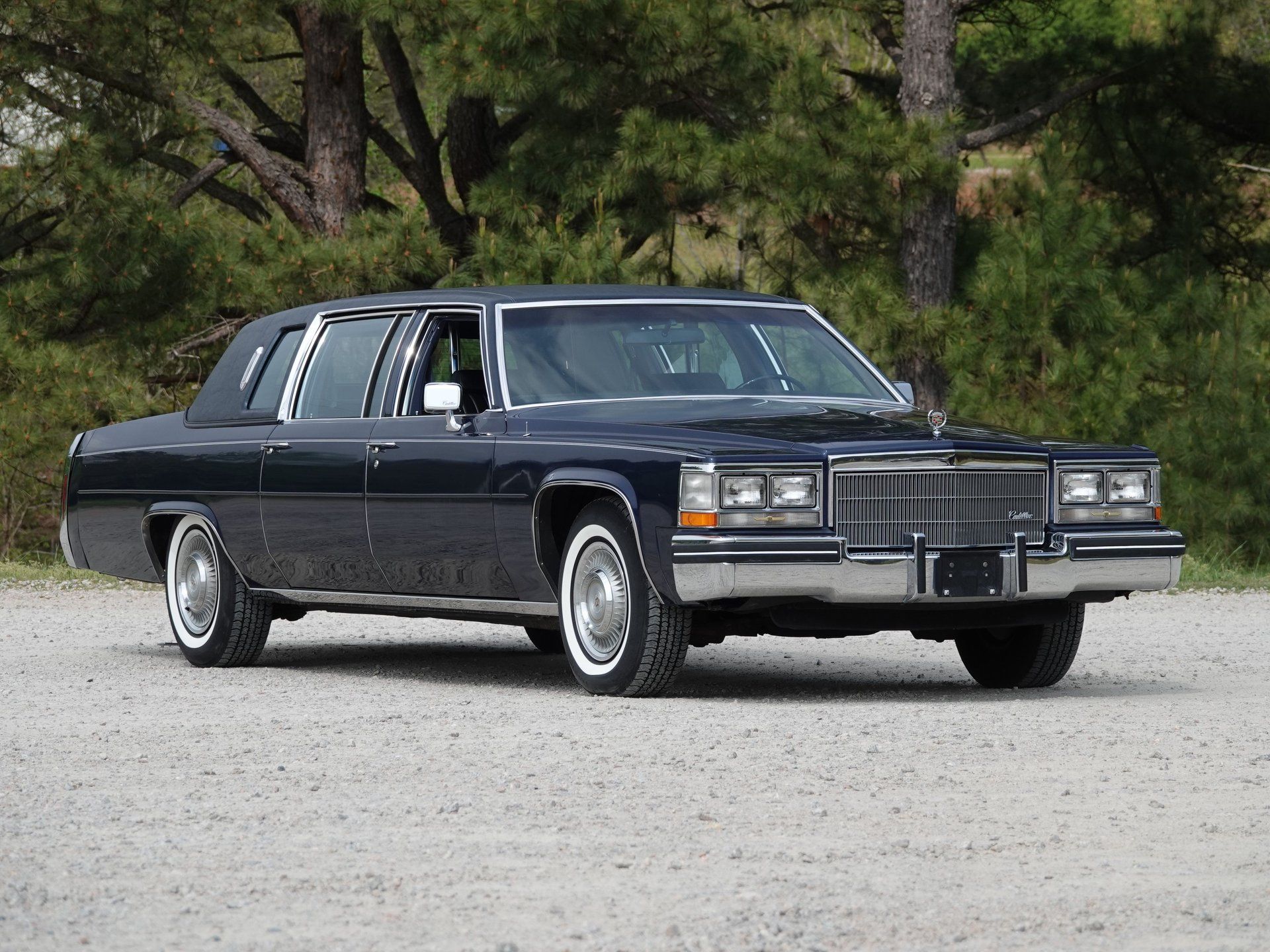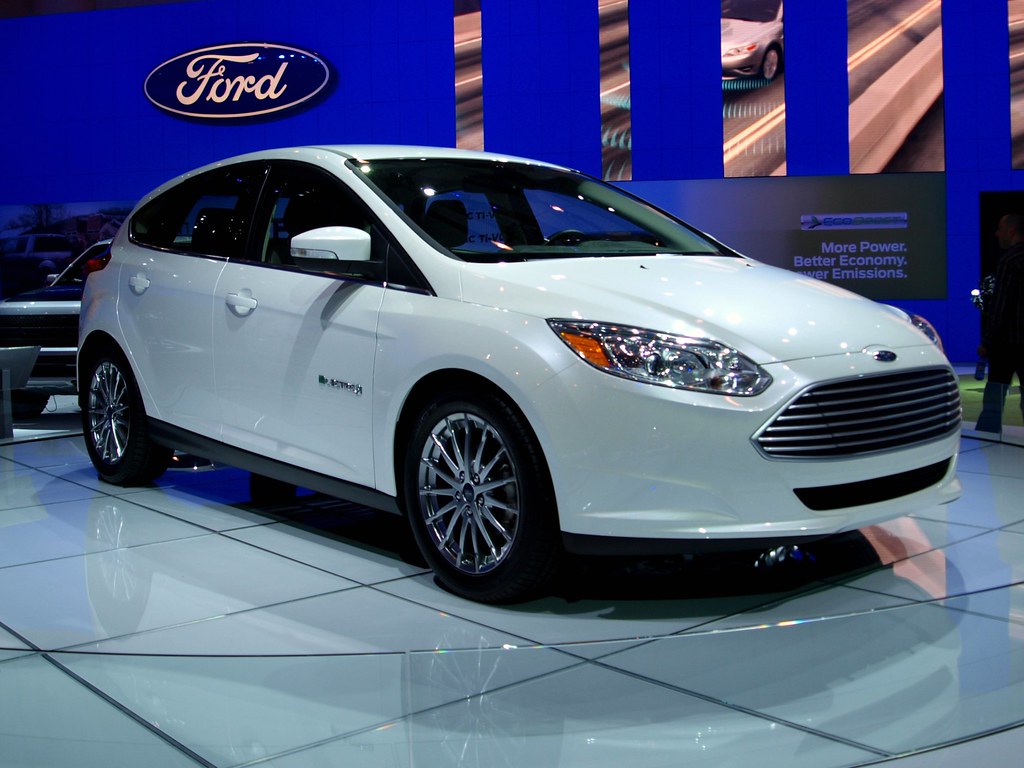
For many electric vehicle owners, the onset of colder weather brings with it a familiar, if somewhat frustrating, phenomenon: a noticeable reduction in driving range. This isn’t merely anecdotal; it’s a scientifically validated challenge that has prompted extensive research into how EVs perform when temperatures plummet. A recent, comprehensive study by Recurrent, analyzing an impressive 18,000 vehicles, sheds critical light on this issue, offering invaluable insights for both current and prospective EV owners.
The central finding from this expansive research indicates that electric vehicles generally retain approximately 80% of their rated range when operating in freezing conditions. While a 20% drop might initially seem substantial, automotive experts are quick to point out that such performance variations are not exclusive to electric powertrains. Traditional internal combustion engine (ICE) vehicles also experience decreased efficiency in colder climates, underscoring that all forms of mobility encounter challenges when battling the elements.
Understanding the intricacies behind this winter performance reduction is crucial for maximizing an EV’s potential year-round. This in-depth analysis will delve into the underlying scientific principles, dissect the unique challenges EVs face in generating cabin heat, explore the transformative impact of heat pump technology, and highlight which models are leading the charge in cold-weather efficiency, providing a robust framework for comprehending and mitigating winter range anxiety.
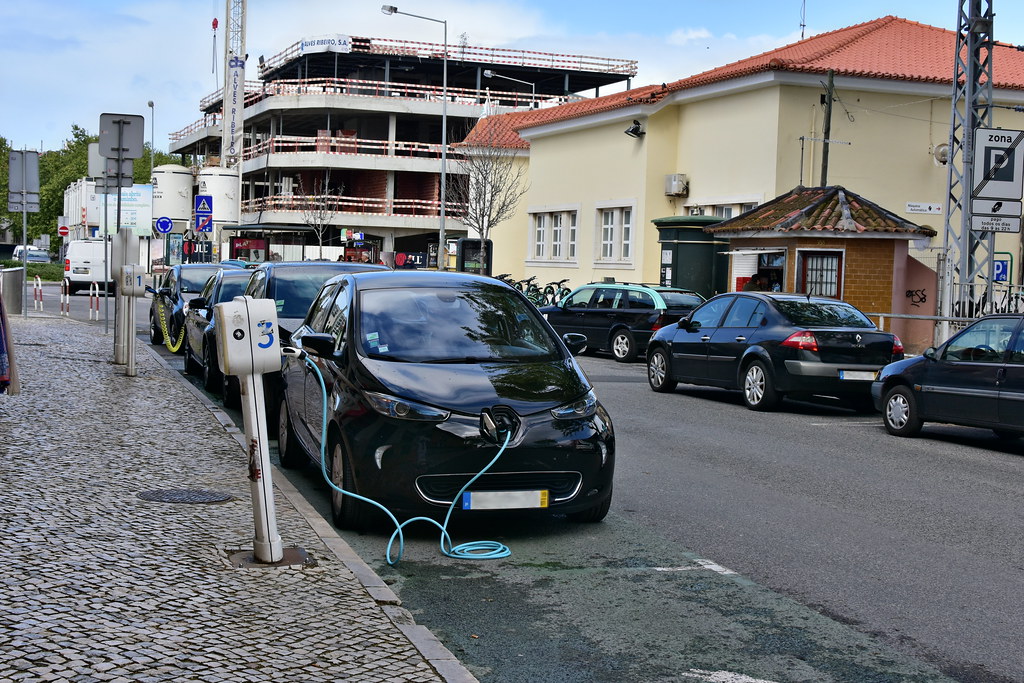
1. **The Overall Reality: EVs Retain ~80% Range in Cold**The Recurrent study stands as one of the most exhaustive examinations of electric vehicle performance to date, particularly focusing on how these modern machines contend with the rigors of winter. Conducted over the winters of 2024 and 2025, the research meticulously gathered data from a vast fleet of over 18,000 vehicles, encompassing 22 distinct models from 11 brands and eight major automakers. This extensive dataset has provided a definitive benchmark, indicating that, on average, EVs maintain approximately 80% of their rated range when subjected to freezing temperatures.
This observed 20% reduction, while certainly a factor to consider for long-distance travel, is contextualized by industry experts as a performance variation that is not, in fact, unique to electric vehicles. All automobiles, regardless of their powertrain, experience some degree of efficiency loss when operating in colder environments. Gasoline vehicles, for instance, consume more fuel as engine components work harder to reach optimal operating temperatures and fluids become thicker, contributing to a less efficient overall operation.
Therefore, the widely documented phenomenon of electric vehicles’ operating ranges suffering in extreme temperatures, especially the arctic conditions prevalent in many regions during winter, is a reality that must be acknowledged. However, it is also important to recognize that this is a characteristic of vehicle operation in general under harsh conditions, rather than an exclusive flaw of EV technology. The challenge lies not just in the drop itself, but in managing expectations and adapting driving habits accordingly for preparedness on colder journeys.
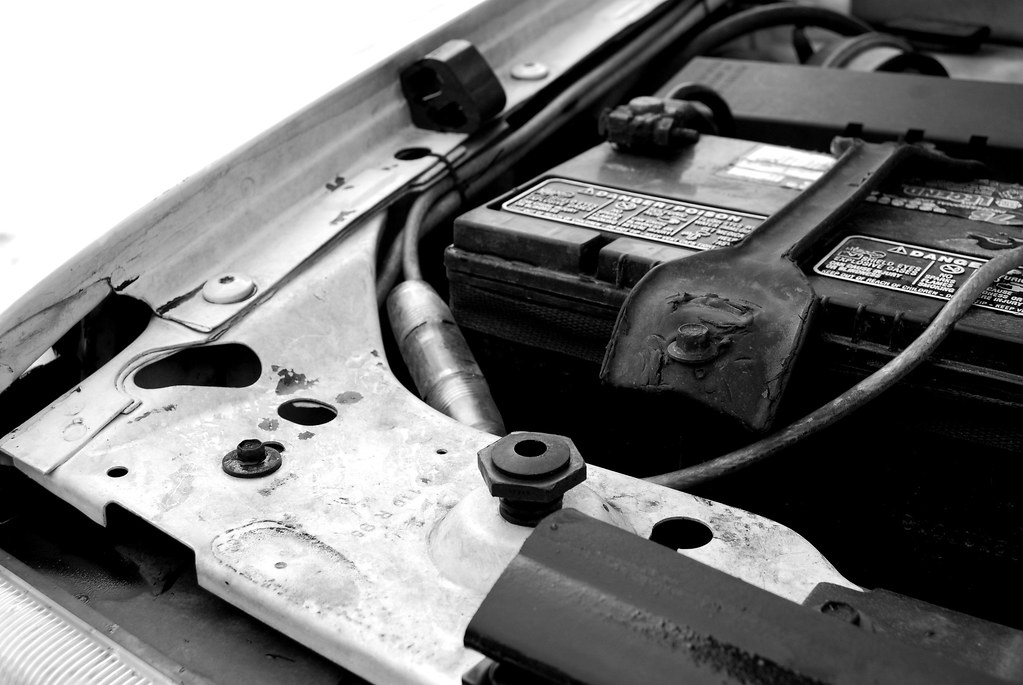
2. **The Core Science: Chemical and Physical Slowdown**The science underpinning the reduction in EV battery performance during cold weather is a complex yet fascinating interplay of electrochemistry and physics. At its most fundamental level, the diminished range experienced in winter stems from inherent changes in how battery cells function when ambient temperatures drop significantly. This creates a less-than-ideal environment for the efficient storage and, crucially, the delivery of electrical energy.
When temperatures fall, the chemical reactions that are essential for a battery to operate, specifically those involving the movement of lithium ions between the anode and cathode, slow down considerably. This reduced reaction rate directly impedes the battery’s ability to discharge energy efficiently and rapidly. Concurrently, physical processes within the battery, such as the mobility of electrolytes and the internal resistance of the cell components, encounter increased resistance. These combined effects conspire to diminish the battery’s capacity to deliver power effectively.
Consequently, the synergistic impact of these chemical and physical impediments results in a tangible and noticeable reduction in an EV’s driving range. The battery simply cannot release its stored energy with the same vigor or quantity as it can in more temperate conditions, leading to a diminished ‘available power’ for propulsion. This intricate dance of molecules and electrons dictates the practical limits of cold-weather EV performance, highlighting the need for advanced battery management systems to mitigate these inherent characteristics.
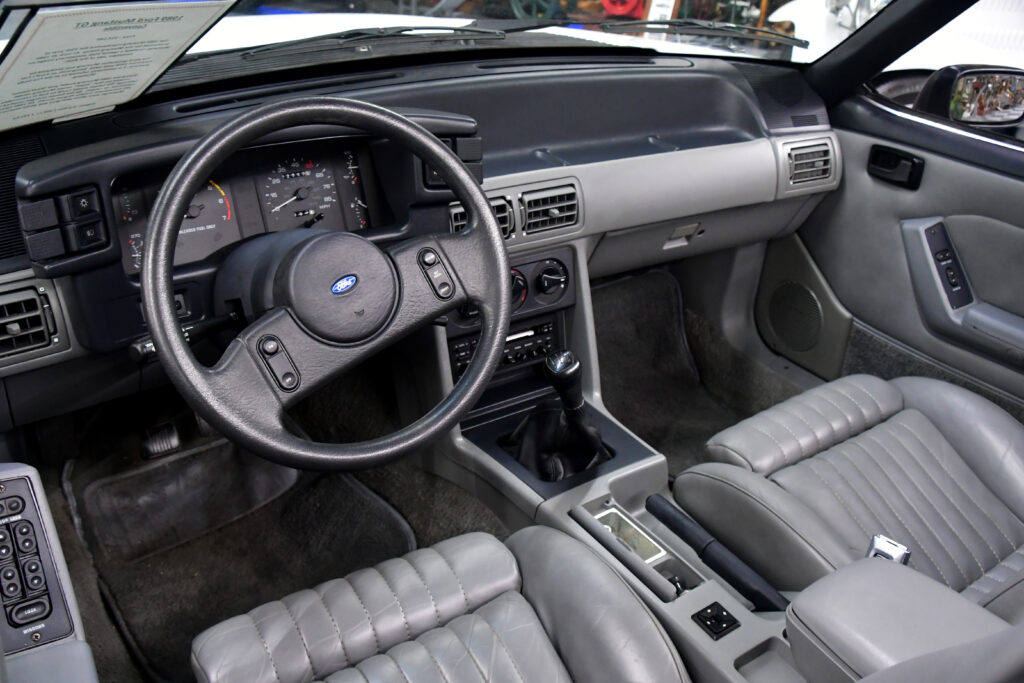
3. **The Cabin Heating Conundrum: EVs vs. ICE**One of the most significant differentiators, and a primary contributor to winter range reduction in electric vehicles, lies in how they generate and utilize heat compared to their internal combustion engine counterparts. Traditional gasoline engines are inherently inefficient, producing substantial amounts of waste heat as a direct byproduct of their operational cycle. This waste heat, rather than being discarded, is effectively harvested and channeled to warm the vehicle’s interior, providing passenger comfort without a direct, significant draw on the fuel tank.
Electric vehicles, conversely, operate with vastly more efficient electric motors. These motors convert electrical energy into kinetic energy with minimal losses, meaning they generate very little excess heat as a byproduct. This fundamental characteristic, while a triumph of engineering efficiency, creates a unique challenge for EVs in colder climates: maintaining a comfortable cabin temperature becomes a direct and competitive draw on the very energy stored in the battery for propulsion. There’s no readily available ‘waste heat’ to tap into.
This direct competition for energy is a critical factor in winter range loss. Every kilowatt-hour that is directed towards warming the vehicle’s interior is a kilowatt-hour that is no longer available to power the drivetrain. For instance, tests conducted in the U.S. by the AAA found that at 20°F, an EV’s cold weather range will drop by an average of 12% just by engaging the cabin heater. This stark reality underscores why thermal management systems and intelligent heating strategies are so vital for optimizing EV performance in frigid conditions.
Read more about: Comparing 2025 Small and Compact EVs: A Data-Driven Guide to Real-World Range and Value for Savvy Consumers

4. **Heat Pump Technology: A Winter Game-Changer**In response to the unique heating challenges faced by electric vehicles, heat pump technology has emerged as a truly game-changing innovation, significantly improving winter performance. This ingenious system operates on principles analogous to a household refrigerator, albeit in reverse, efficiently extracting and transferring heat from one area to another. Even in remarkably cold external conditions, a heat pump can effectively capture latent heat from the ambient air, utilizing it to warm the EV’s cabin and battery.
Delving deeper into its mechanism, a heat pump employs a refrigerant cycle involving compression and expansion. It essentially absorbs heat from the colder outside air (or sometimes from components like the battery or motor), compresses the refrigerant to increase its temperature, and then releases that heat into the vehicle’s interior. This process is remarkably energy-efficient; for every single unit of electricity consumed, a heat pump can generate three to four units of heat, making it substantially more efficient than traditional resistive heating elements which simply convert electricity directly into heat.
The performance advantages of EVs equipped with heat pump technology are considerable and well-documented. Studies indicate that vehicles featuring heat pumps demonstrate significantly better winter performance, typically retaining around 83% of their range in freezing conditions. This stands in stark contrast to vehicles without heat pumps, which often struggle, maintaining only approximately 75% of their rated range under similar frigid circumstances. However, it’s worth noting that while highly efficient, a heat pump’s efficiency does diminish as temperatures drop below 14°F, and not every EV model comes standard with this advanced system, with availability varying by model year and trim.
Read more about: Level Up Your Lair: 15 Game-Changing Tech Gadgets to Transform Your Ultimate Man Cave!
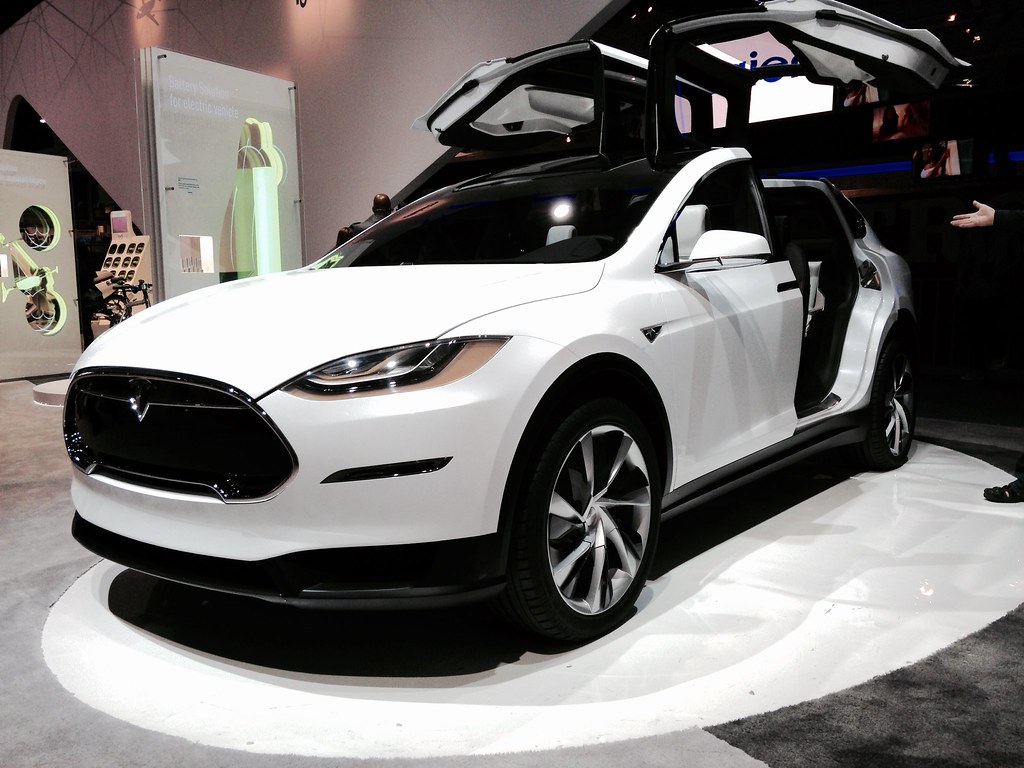
5. **Top Performers in Recurrent Study: Tesla Model X, Model S, Audi E-Tron**The Recurrent study provided “fascinating variations” among different EV models when subjected to freezing temperatures, highlighting that not all electric vehicles react uniformly to the cold. At the pinnacle of cold-weather range retention was the Tesla Model X, demonstrating an exceptional ability to maintain 89% of its estimated range even when the mercury dipped. This performance underscores Tesla’s sophisticated engineering in battery thermal management and overall system efficiency.
Closely following its sibling, the Tesla Model S also exhibited robust cold-weather capabilities, retaining an impressive 88% of its range. The consistent strong showing from both the Model X and Model S speaks volumes about Tesla’s commitment to optimizing battery efficiency and designing effective thermal management systems that help mitigate the typical range losses associated with frigid conditions. These results position Tesla as a leader in delivering reliable winter EV performance.
The Audi E-Tron further distinguished itself as a formidable contender in cold climates, performing admirably by retaining 87% of its range. This performance places it squarely among the top tier of vehicles capable of withstanding the efficiency challenges posed by freezing temperatures. The E-Tron’s strong showing, particularly its 2021 and 2022 model years with the Premium Plus trim, solidifies its reputation as a practical and dependable option for drivers in regions accustomed to harsh winters, showcasing that premium brands are also making significant strides in optimizing cold-weather battery resilience.
Car Model Information: 2021 Honda Accord EX-L 1.5T
Name: Tesla Model X
Manufacturer: Tesla, Inc.
Production: 2015–present
Assembly: unbulleted list
Designer: Franz von Holzhausen
Class: Crossover (automobile)
BodyStyle: 5-door SUV
Layout: unbulleted list
Doors: unbulleted list
Related: Tesla Model S
Motor: unbulleted list
Title: Discontinued
Transmission: unbulleted list
Battery: unbulleted list
ElectricRange: FTP-75
Wheelbase: cvt
Length: cvt
Width: cvt
Height: cvt
Weight: unbulleted list
Sp: us
Categories: 2020s cars, All Wikipedia articles in need of updating, All Wikipedia articles written in American English, All articles containing potentially dated statements, All articles lacking reliable references
Summary: The Tesla Model X is a battery electric mid-size luxury crossover SUV built by Tesla, Inc. since 2015. Developed from the full-sized sedan platform of the Tesla Model S, the vehicle uses distinctive falcon wing doors for rear passenger access.
The Model X has an EPA size class as an SUV, and shares around 30 percent of its content with the Model S, half of the originally planned 60 percent, and weighs about 10 percent more. Both the Model X and Model S are produced at the Tesla Factory in Fremont, California. The prototype was unveiled at Tesla’s design studios in Hawthorne, California, on February 9, 2012. First deliveries of the Model X began in September 2015. After one full year on the market, in 2016, the Model X ranked seventh among the world’s best-selling plug-in cars. A refresh of the Tesla Model X was introduced in 2021, offering a new “Plaid” performance model, along with a revised interior, powertrain, and suspension.Another update of the Model X was introduced in June 2025 with a new front bumper camera, new wheel designs, increased third-row space, dynamic ambient lighting, and adaptive headlights. The updates are similar to the Model S, which was updated at the same time.
As of July 2025, the Model X is available as a Long-Range version with an estimated EPA range of 352 miles (566 km) and a high performance “Plaid” version with an estimated EPA range of 335 miles (539 km).
Get more information about: Tesla Model X
Buying a high-performing used car >>>
Brand: Tesla Model: Model X
Price: $19,900 Mileage: 81,000 mi.
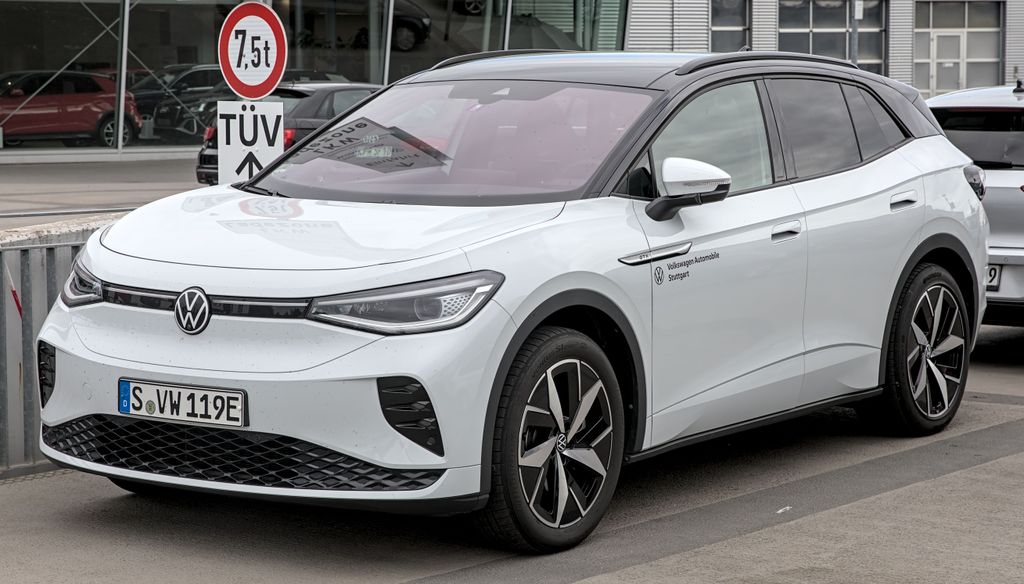
6. **Challengers in Recurrent Study: Volkswagen ID.4 and Others**While some electric vehicles excelled in the Recurrent study’s cold-weather evaluation, others exhibited more pronounced reductions in their driving range, underscoring the significant variability across the EV market. The data revealed models that struggled comparatively more, experiencing a greater percentage loss of their typical performance when temperatures plunged below freezing. These findings are crucial for consumers to consider when evaluating an EV’s suitability for colder climates.
Leading the segment of models with more significant range reduction was the Volkswagen ID.4, which maintained only 63% of its typical performance in freezing conditions according to the Recurrent study data, specifically for the 2021 model year with an 82 kWh battery. This represents the most significant reduction in range among the models highlighted by Recurrent. Such a considerable drop emphasizes that while the ID.4 offers many compelling features, its cold-weather efficiency, at least for certain configurations and model years, may require more proactive management from owners in frigid environments.
This variability in cold-weather capabilities across different EV models is a critical takeaway. It highlights that simply owning an EV doesn’t guarantee a universal experience in winter; rather, the specific engineering and thermal management strategies employed by each manufacturer play a paramount role. Understanding these differences, particularly how certain models like the Volkswagen ID.4 fare, is essential for informed decision-making and for setting realistic expectations regarding winter driving range, especially when contrasted with the top performers in the same study.
Car Model Information: 2023 Volkswagen ID.4 Pro S
Name: Volkswagen ID.4/ID.5
Caption: 2020 Volkswagen ID.4 Pro
Manufacturer: Volkswagen
ModelCode: E21 (ID.4),E39 (ID.5)
Production: 2020–present
Assembly: ubl
Designer: Klaus Zyciora
Class: Compact crossover SUV
BodyStyle: SUV
Platform: Volkswagen Group MEB platform
Related: Volkswagen ID.3,Volkswagen ID.Buzz,Volkswagen ID.6,Škoda Enyaq,Audi Q4 e-tron,Cupra Tavascan,Ford Explorer EV,Ford Capri EV
Layout: Rear-motor, rear-wheel-drive
Motor: APP 550,Brushless DC electric motor
Battery: Lithium-ion battery
ElectricRange: 77-82 kWh, since 2024:,{{convert,263-291,mi,km,0,abbr=on
Charging: ubl
Wheelbase: 2765 mm
Abbr: on (ID.5)
Length: 4584 mm
Width: 1852 mm
Height: 1636 mm
Weight: convert
Powerout: Convert
ModelYears: 2021–present
Categories: All-wheel-drive vehicles, All Wikipedia articles in need of updating, All Wikipedia articles written in British English, Articles with short description, CS1 German-language sources (de)
Summary: The Volkswagen ID.4 and Volkswagen ID.5 are battery electric compact crossover SUVs produced by Volkswagen. Based on the MEB platform, the ID.4 is the second model of the Volkswagen ID. series. The production version of the ID.4 debuted in September 2020 as the first fully-electric crossover SUV under the Volkswagen brand, while the coupe-shaped variant of the ID.4 (akin to the Audi Q8 Sportback e-tron) is marketed as the Volkswagen ID.5 and was presented in November 2021.
The ID.4 is positioned by Volkswagen as a high-volume, mass-market electric vehicle — a car for “the millions, not the millionaires,” as the company claimed in its advertising. It was delivered to European customers from late 2020, and the first quarter of 2021 for the North American market.
The ID.4 was elected World Car of the Year 2021 over runner-ups Honda e and Toyota Yaris.
The vehicle was updated for model year 2024 to include a more powerful and efficient APP 550 electric motor with increased range, as well as heavily revised software and infotainment hardware.
Get more information about: Volkswagen ID.4
Buying a high-performing used car >>>
Brand: Volkswagen Model: ID.4
Price: $25,699 Mileage: 19,142 mi.
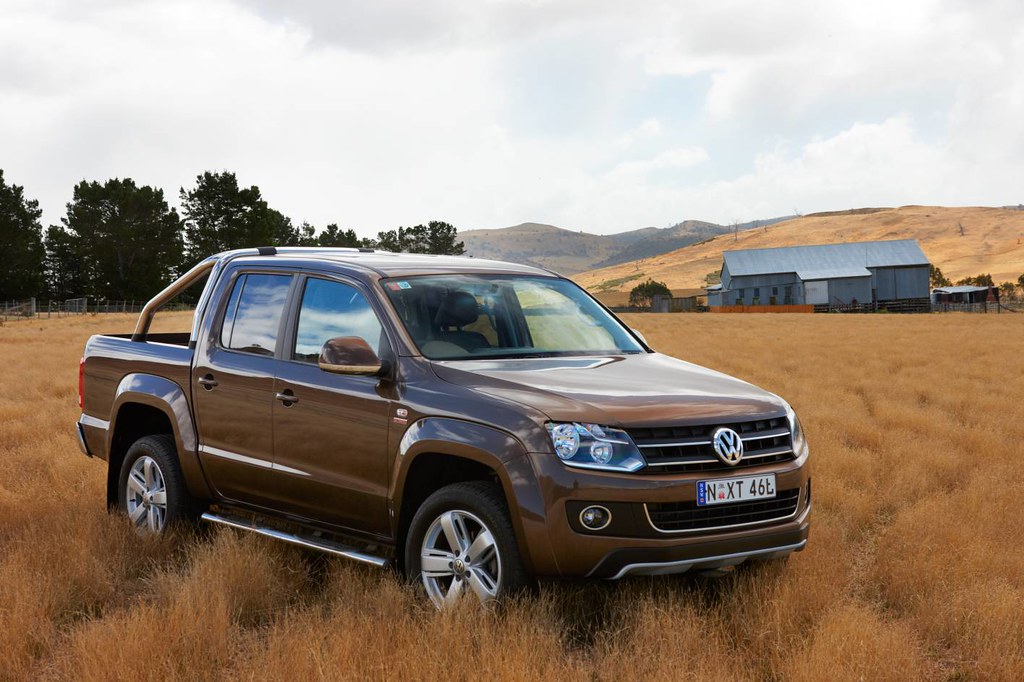
7. **Deeper Dive into Real-World Cold-Weather Testing: The CAA Study**While extensive lab tests and large-scale data analyses like Recurrent’s provide crucial insights, real-world evaluations offer a complementary perspective on how electric vehicles perform under genuine frigid conditions. The Society of Automotive Engineers (SAE) indicates that EVs can lose as much as around 41% of their battery capacity at 20 degrees Fahrenheit, and even more at lower temperatures. This stark figure underscores the necessity of practical, on-road assessments to fully grasp the spectrum of winter performance.
To bridge this gap, the Canadian Automobile Association (CAA), an organization akin to the AAA in the U.S., undertook a comprehensive study, pushing 13 diverse EV models through their paces. These vehicles, representing about two-thirds of the EVs sold in Canada, were driven from Ottawa to Mont Tremblant in temperatures ranging from a chilly -7 to -15 degrees Celsius (19.4 to 5 degrees Fahrenheit). This rigorous methodology aimed to determine the actual distance traveled before their battery packs were completely depleted.
This real-world scrutiny from the CAA offers a valuable counterpoint to controlled laboratory environments, where “official” range estimates are often derived. It highlights that while theoretical capacities are important, the practical implications of consistent cold, varied driving conditions, and accessory usage paint a more complete picture. The study’s findings reveal significant variance, sometimes ‘wildly’ from one model to another, emphasizing that cold-weather performance is not a uniform experience across the EV landscape.
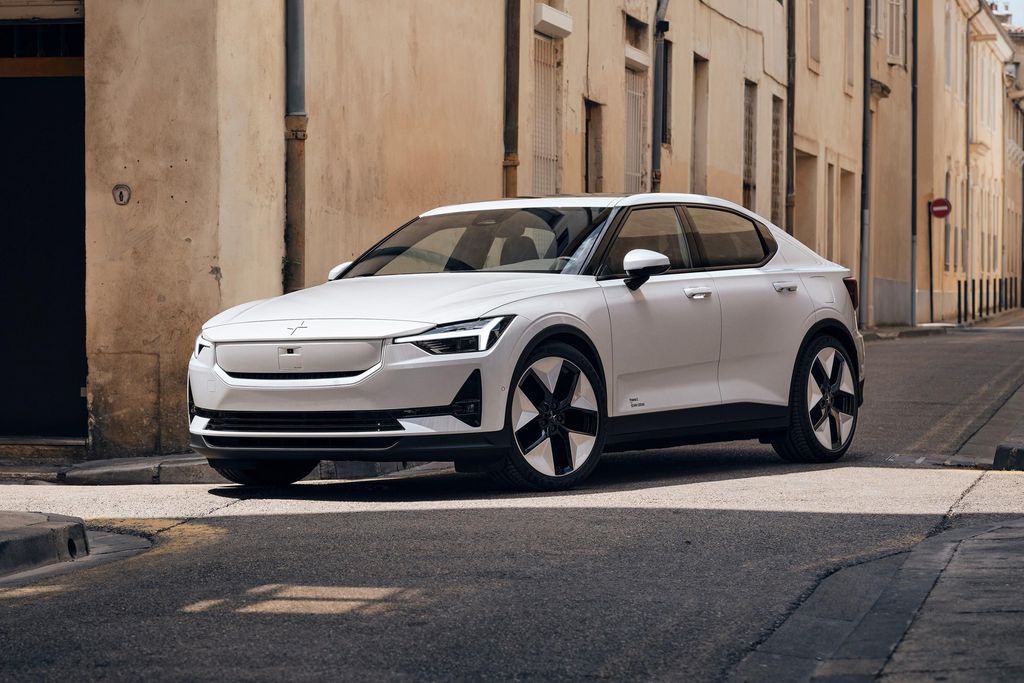
8. **Leading the Charge in Frigid Conditions: CAA’s Top Performers**Amidst the widespread concern about diminished EV range in winter, the CAA’s real-world testing brought forth some impressive performers, demonstrating that certain models are engineered to better withstand extreme cold. At the forefront of this resilience were the Chevrolet Silverado EV and the Polestar 2. Both models exhibited a remarkable ability to retain their range, losing just 14% of their posted estimated range during the sub-freezing trials.
The Chevrolet Silverado EV, a burly electric pickup, showcased its robust engineering, delivering 456 actual kilometers compared to its 724 posted kilometers (283 vs. 450 miles), a testament to its design for demanding conditions. Similarly, the sporty Polestar 2, with 384 actual kilometers versus 444 posted (238 vs. 276 miles), proved its mettle. These results highlight sophisticated thermal management systems and battery optimization strategies in these vehicles.
Such strong performance in challenging climates provides a significant confidence boost for drivers in regions accustomed to harsh winters. It suggests that with strategic design and advanced technology, electric vehicles can deliver highly competitive and reliable range, even when the mercury plunges well below freezing. The minimal deviation from their estimated ranges underscores their suitability for year-round utility, even in the Great White North.
Car Model Information: 2021 Honda Accord EX-L 1.5T
Name: Chevrolet Silverado EV
Manufacturer: General Motors
Production: May 2023–present
ModelYears: 2024–present
Assembly: Detroit, Michigan
Aka: GMC Sierra EV
Designer: Raphael Molina, Jacky Zhan
Class: Pickup_truck#Full-size_pickup_truck
BodyStyle: pickup truck
Layout: unbulleted list
Platform: General Motors BT1 platform
Related: GMC Hummer EV,Cadillac Escalade
Motor: Permanent magnet motor,all-wheel-drive
Battery: Ultium,Lithium-ion battery
ElectricRange: 493 mi
Abbr: on
Charging: Vehicle-to-grid
Wheelbase: 145.7 in
Length: 233.1 in
Width: convert
Height: convert
Weight: convert
Powerout: convert
Sp: us
Drivetrain: Series_and_parallel_circuits#Series_circuits
Categories: All-wheel-drive vehicles, All Wikipedia articles written in American English, Articles with short description, Cars introduced in 2022, Chevrolet trucks
Summary: The Chevrolet Silverado EV is a battery electric full-size pickup truck manufactured by General Motors under the Chevrolet brand. Introduced in January 2022, the Silverado EV went on sale in 2023 for the 2024 model year in the North American market.
Despite using the Silverado nameplate, the vehicle does not share its underpinnings with the ICE-powered Silverado, as it is built on a narrower version of the dedicated electric platform used by the GMC Hummer EV. The Silverado EV is the first Chevrolet-branded electric pickup truck since the experimental S-10 EV and VIA VTRUX.
The GMC counterpart, the GMC Sierra EV, was introduced in October 2022 with a restyled exterior and interior design.
Get more information about: Chevrolet Silverado EV
Buying a high-performing used car >>>
Brand: Chevrolet Model: Silverado EV
Price: $19,900 Mileage: 81,000 mi.
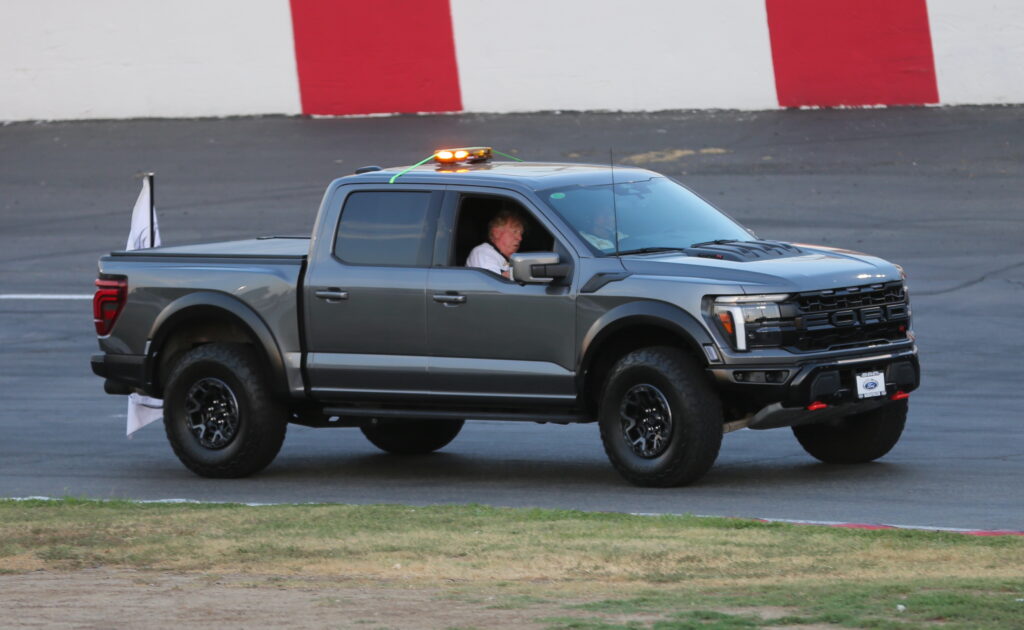
9. **Navigating Variability: CAA Study’s Challengers and the Broader Spectrum of Range Loss**While some EVs proved their mettle in the CAA’s cold-weather tests, others encountered more substantial challenges, revealing the wide spectrum of performance variability inherent in the current EV market. The data from the CAA’s rigorous trials clearly illustrated that not all electric vehicles are equally equipped to combat significant temperature drops, leading to more pronounced reductions in their driving range.
The Toyota bZ4X, for instance, registered the most significant range reduction among the models evaluated by the CAA, coming in at a considerable 37% under its estimated miles per charge. This translates to 255 actual kilometers versus 406 posted (158 vs. 252 miles), a notable drop that could profoundly impact longer winter journeys. Following closely, the Volvo XC40 Recharge also showed a significant decrease, losing 39% of its posted range (248 actual vs. 408 posted kilometers, or 154 vs. 253 miles).
Other models, including the Ford F-150 Lightning and the Hyundai Ioniq 5, also exhibited considerable losses, at 35% and 36% respectively. In fact, the study noted that “most lost 30% or more fewer miles than their “official” ranges determined under strictly controlled laboratory conditions.” This wide disparity underscores the critical importance for prospective EV owners to research model-specific cold-weather performance, rather than assuming a universal standard, particularly when operating in consistently frigid environments.
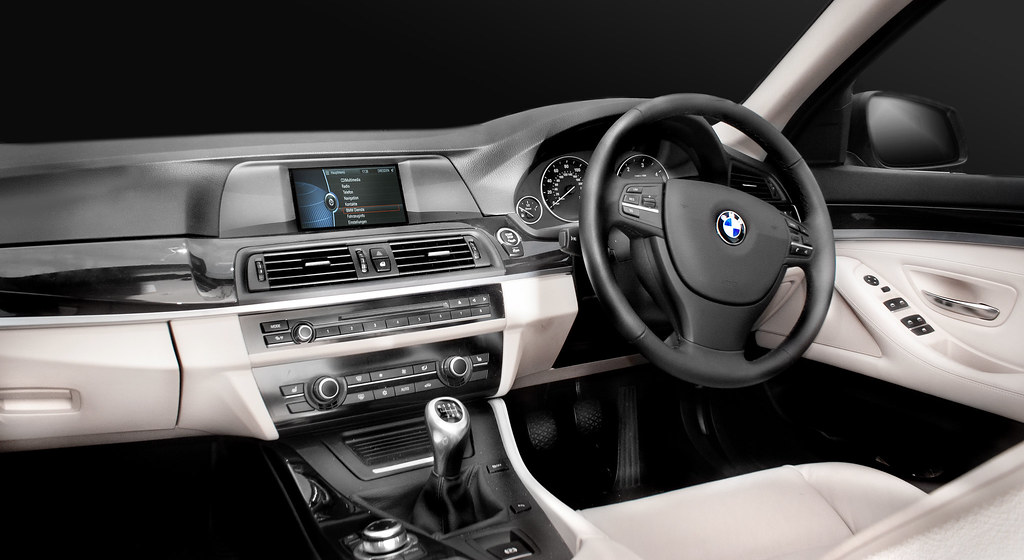
10. **Empowering Owners: Practical Strategies for Optimal Winter EV Performance**Understanding the scientific and mechanical reasons behind winter range reduction is the first step; the next is equipping EV owners with actionable strategies to mitigate these effects. Experts and researchers from Recurrent emphasize that simple adjustments in driving habits can largely negate the impacts of cold weather on range. These proactive measures can significantly enhance the winter driving experience, turning potential ‘nightmares’ into manageable considerations.
One of the most effective strategies involves preconditioning the vehicle. By warming both the battery and the cabin while the EV is still plugged into a charger, energy is drawn from the grid rather than the battery itself. This ensures the battery is at an optimal temperature for efficiency and the cabin is comfortable from the outset. Many modern EVs facilitate this through smartphone apps or scheduled departure times, making it a seamless part of the daily routine.
Furthermore, optimizing in-car heating usage is crucial. Targeted heating methods, such as seat warmers and heated steering wheels, are significantly more energy-efficient than broadly warming the entire cabin. When planning longer routes, utilizing the vehicle’s in-car navigation to charging destinations is beneficial, as it allows the car to precondition the battery for optimal charging temperatures, potentially reducing charge times. For long-term storage, maintaining a charge level between 70% and 80% while plugged in can help preserve battery health by allowing the car to draw energy from the wall to keep warm, minimizing battery drain.
Drivers should also consider engaging their EV’s “eco” or “battery saver” mode, if available, and maximizing the regenerative braking function. While tempting to exploit an EV’s instant torque, adopting a ‘slow and steady’ driving style and avoiding aggressive acceleration can significantly conserve battery power, especially in cold weather. These combined approaches offer a robust toolkit for navigating winter’s challenges with confidence.

11. **Beyond Anxiety: The Temporary Nature of Winter Range Loss**A critical takeaway for both current and prospective EV owners is the distinction between temporary performance fluctuations and permanent damage. The phenomenon of reduced range in cold weather, while frustrating, is not indicative of long-term detriment to the vehicle’s battery health. This insight is essential for addressing anxieties related to battery degradation and performance longevity during colder months.
Recurrent’s research provides reassuring clarity on this point: “any range loss from winter weather is temporary and there is no long term detriment to your battery.” This means that as temperatures rise and the ice melts, the vehicle’s expected range at full charge will naturally return to its normal, rated capacity. EV owners connected to platforms like Recurrent can track this recovery over time, directly observing their vehicle’s performance normalization.
Therefore, the good news for EV owners is that seasonal fluctuations do not impact daily driving or charging as much as some might expect, though considerations for winter road trips remain prudent. This temporary nature of range loss underscores that the core integrity and durability of EV batteries are maintained, even after repeated exposure to frigid conditions, reinforcing the overall robustness of electric vehicle technology.
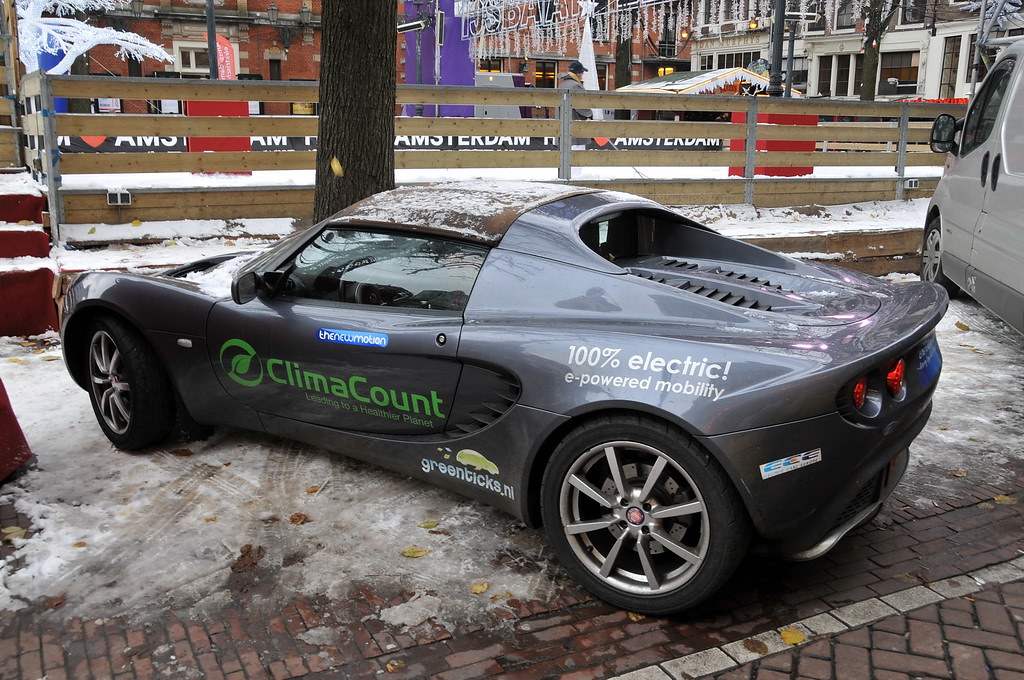
12. **A Nuanced Perspective: Future Outlook and Continuous Advancement in Electric Mobility**The challenges posed by cold weather to EV range are real, but they represent a dynamic frontier of ongoing innovation rather than an insurmountable barrier. The current state of electric mobility already demonstrates impressive capabilities; as Andrew Garberson, Recurrent’s head of research, aptly states, “all modern EVs can deliver over 100 miles of range even in freezing temperatures.” This is a significant testament to the rapid advancements in EV technology over recent years.
Looking ahead, the landscape of electric vehicles is poised for continuous evolution, promising to further enhance winter performance and overall practicality. Emerging innovations are focused on multiple fronts: improved battery chemistries are being developed to inherently perform better in cold temperatures, reducing the chemical and physical slowdowns. More sophisticated heat management systems will ensure both the battery and cabin are optimally conditioned with minimal energy expenditure.
Furthermore, the relentless expansion and optimization of charging infrastructure will play a pivotal role, alleviating range anxiety by ensuring accessible and reliable charging options even in remote or extremely cold locales. These advancements collectively promise to make EVs even more practical, dependable, and appealing for drivers across all climates, transforming cold-weather considerations from a ‘nightmare’ into a mere, manageable aspect of EV ownership.
As the industry continues to push the boundaries of battery technology, thermal management, and infrastructure development, the experience of owning and driving an EV in winter will only grow more seamless and efficient. The journey towards widespread electric mobility is one of constant progress, ensuring that the benefits of EVs can be enjoyed fully, regardless of what the thermometer reads.

